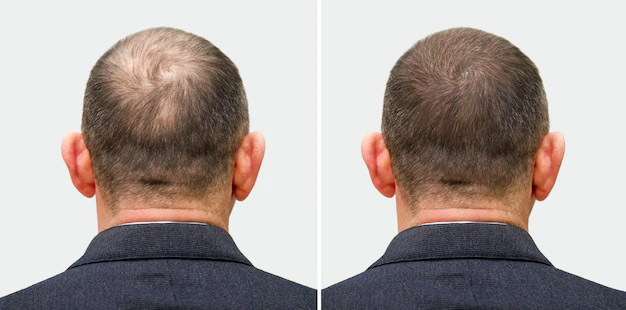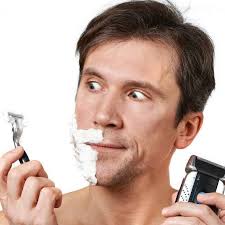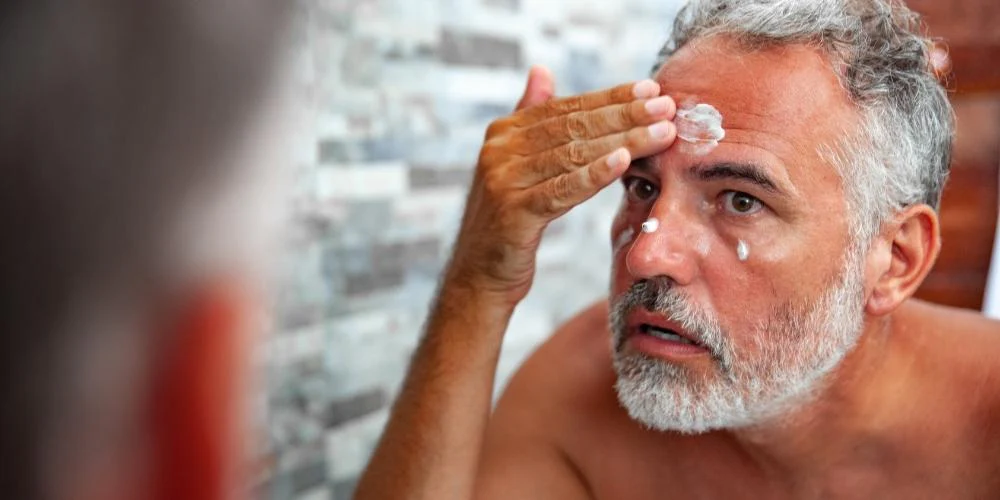Hair loss feels like one of those things you never think about until it starts happening. And then, it’s kinda all you can think about. Let’s break it down, so we know what we’re dealing with. For starters, hair loss is a pretty widespread issue, affecting guys and gals from all walks of life, regardless of age or background.
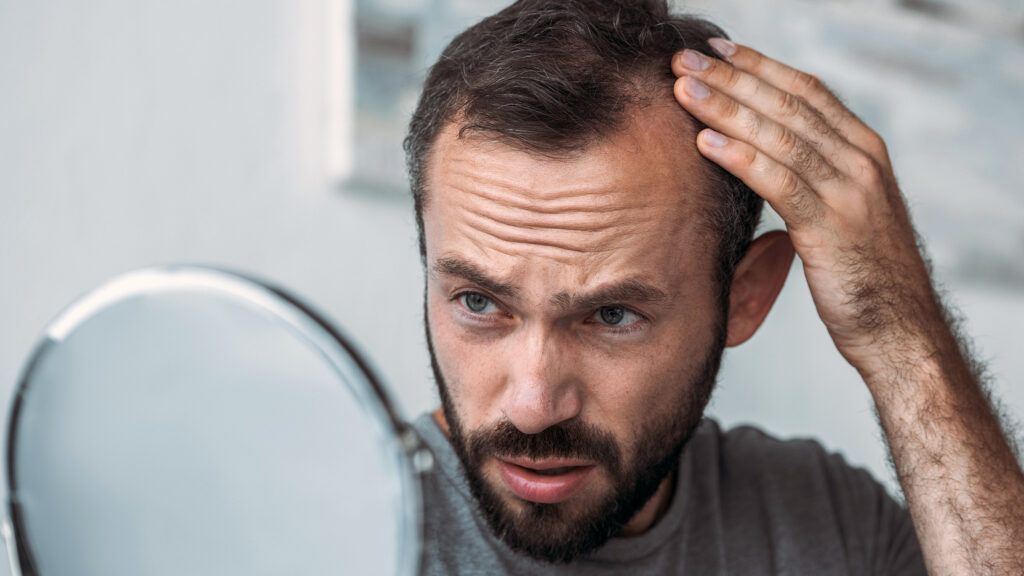
Chances are, if your grandpa sported the shiny dome look, you might be dealing with some genetic factors. Yep, family history can play a big part in hair loss. But it’s also about more than just DNA. Things like stress, diet, and overall health can all steer the ship here. Plus, other times, it’s down to medical conditions like alopecia areata—a funky autoimmune thing where the immune system mistakenly attacks hair follicles.
Temporary hair loss often feels like a bad dream, something that happens after an intense period of stress, major surgery, or an illness—basically when your body goes ‘hold up, let me just hit pause on this hair business for a second.’ Known as telogen effluvium, it’s one type where hair tends to grow back once things settle down.
On the flip side, permanent hair loss means the follicles have thrown in the towel for good. That’s where most people find themselves when dealing with pattern baldness.
Understanding what type of hair loss you’re experiencing isn’t just about saving your locks; it’s about taking charge of your health. Knowing the cause helps in deciding the next step, whether it’s changing up your diet, seeking professional advice, or just accepting that your hair is starting to kiss those follicles goodbye.
Empowering Prevention: Daily Habits and Lifestyle Adjustments
When it comes to holding on to those precious strands, daily habits go a long way, for real. A balanced diet is your hair’s best friend. Think of it like this: hair is mostly protein, so getting enough of it plus some vitamins like A, C, and the B group is key. Load up on leafy greens, lean meats, fish, beans, and nuts—your hair will thank you.

Keeping stress in check is just as crucial. I know, easier said than done, right? But chronic stress can really mess with your hair growth cycle. Whether it’s yoga, meditation, or just taking a breather now and then, finding a stress-buster routine pays off in the long run.
Believe it or not, your hair thrives when you hit the sack for a solid 7-8 hours a night. Sleep is when your body repairs and regenerates cells, including hair follicles. So, don’t skimp on those Z’s. Make your bedroom a sleep sanctuary if you have to—no screens, comfy pillows, maybe even some calming lavender scents.
Heating tools, tight braids, and all that jazz might seem harmless, but they’re like exit signs for your hair’s health. If you can, go easy on heat styling and maybe switch up that killer ponytail for something a bit looser. Your follicles will breathe easier, and so will you.
Choosing the Right Hair Care Products
Every hair type has its fits and starts, and choosing the right products can make or break your hair care game. It’s not just about what smells good, but what works best for your specific hair needs.

Start by figuring out your hair type: is it oily, dry, or somewhere in between? This will guide you in picking out the right shampoo and conditioner. You want something that cleanses without stripping essential oils or clogging up your scalp.
Natural ingredients are where it’s at. Products free from sulfates, parabens, and other harsh chemicals make a big difference in hair health. Things like argan oil, coconut oil, and shea butter provide great moisture without all the nasties.
Sometimes less is more. How often you wash your hair matters. Over-washing can dry out your scalp, especially for those with curly or coarse hair. Try spacing out your shampoo days and see if that helps with your hair’s overall vibe.
Conditioners and leave-in treatments can be great pals for your hair. They help lock in moisture and make detangling a breeze. Look for formulas that shield against heat and promote hydration.
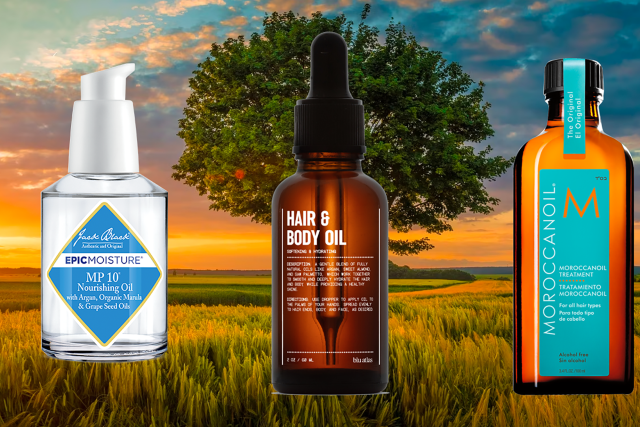
Setting a routine that matches your hair’s needs will help keep it looking fresh and feeling its best. Remember, change doesn’t happen overnight, but consistency is your best bet.
Professional Consultation: Knowing When to Seek Help
Sometimes it’s tough to face the facts, but if things aren’t getting better or you’re seeing more hair in the shower drain than usual, it’s probably time to bring in the pros. Don’t stress—dermatologists and trichologists have seen it all, and they can give you the real-deal diagnosis you need.
Knowing when to make that appointment can save you a lot of worry. If you’re noticing patches of baldness, a rapid increase in hair shedding, or any redness or irritation on the scalp, it’s a good idea to get checked out. These could be signs of conditions that need more than a home remedy.

When you head to the clinic, here’s the lowdown: expect them to ask loads of questions—everything from your diet to stress levels. They might even do a scalp analysis or take some hair samples to get a clear picture of what’s going down.
Having an expert involved opens the door to potential treatments. There are options like topical solutions, oral medications, or even therapies that weren’t on your radar. They can walk you through these steps and help decide what’s best for your situation.
The earlier you catch what’s causing the hair loss, the more options you’ll have to tackle it. And sometimes, just understanding what’s happening offers peace of mind in itself.
Medical Interventions for Hair Loss
When it feels like your hair’s practically waving goodbye, it might be time to consider medical intervention. For some folks, topical treatments are a great starting point. Minoxidil is one of the most talked-about solutions. Available over the counter, it’s applied directly to the scalp and it’s been shown to help regrow hair for some users. But heads up—patience is key here as it can take several months to see noticeable results.
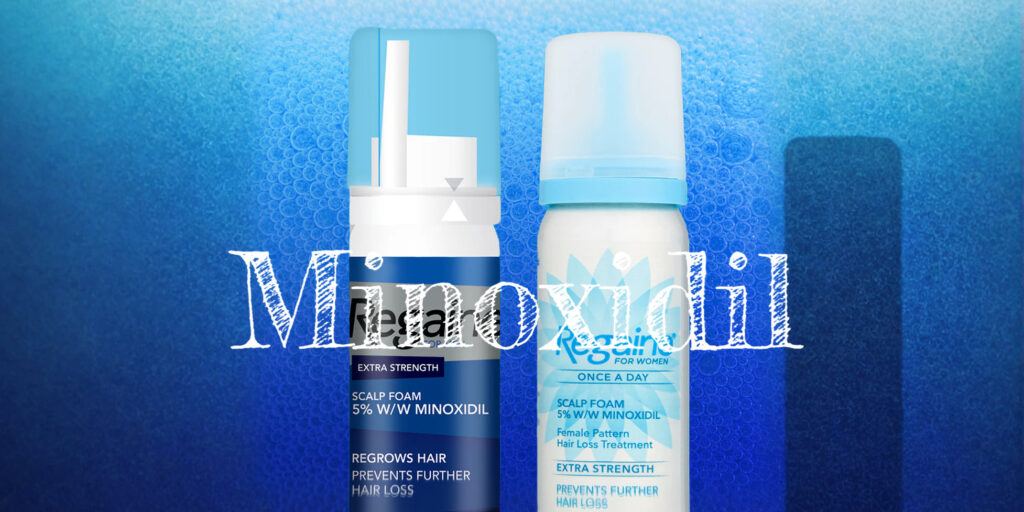
Now, if we’re getting into prescription territory, Finasteride is often on the list. This oral medication can slow hair loss in men, and sometimes even regrow it. But like with all meds, it’s crucial to be aware of potential side effects, which are best discussed with a healthcare provider.
Hormonal treatments could also be a path to explore, especially for those dealing with hair loss linked to hormonal imbalances. These are usually more customized to fit the individual’s needs and are something your doctor can guide you on.
Laser therapy has been getting buzz too. This non-invasive treatment uses red light to stimulate hair follicles, which might sound a bit sci-fi, but it’s shown promise in initial studies.
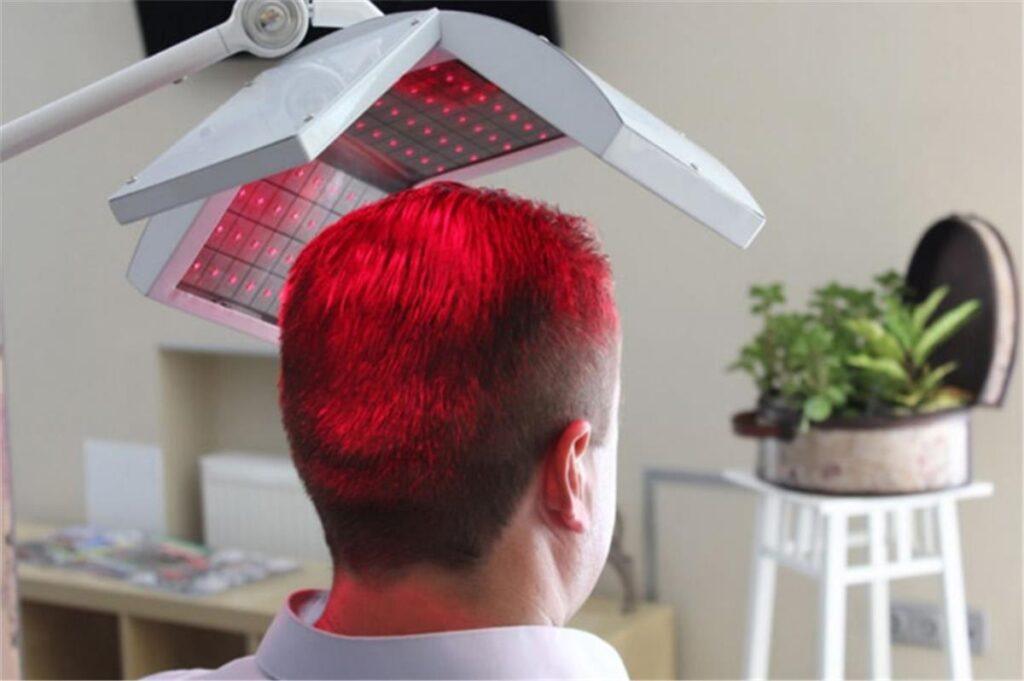
Navigating through these options with a healthcare professional can help you figure out what’s worth trying, considering the commitments, costs, and possible effects. Stay informed, and don’t hesitate to reach out for expert guidance when you’re unsure which road to take.
Exploring Surgical Solutions: Hair Transplants and Procedures
If treatments and remedies aren’t cutting it, surgical solutions might be worth a look for those wanting something more permanent. Hair transplants have come a long way, with cutting-edge tech making the process smoother and the results more natural.
Two popular methods often come up in conversations about hair restoration: Follicular Unit Extraction (FUE) and Follicular Unit Transplantation (FUT). FUE is all about precision, removing individual hair follicles from your scalp, whereas FUT involves taking a strip of skin with hair follicles from a donor area. Both have their pros and cons, which a surgeon can walk you through based on your hair type and goals.
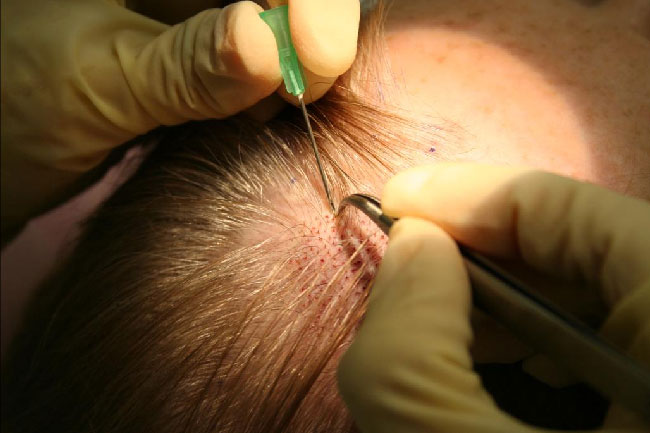
Surgical procedures can be pretty effective, but they aren’t exactly a quick fix. There’s downtime to consider, not to mention the risks like infection or scarring. It’s critical to have realistic expectations and understand that it may take months before you see the final outcome.
One of the sweet spots of modern transplants is how they blend with your natural hair. Surgeons can strategically place follicles to create that full look, tailored just for you.
Deciding to go the surgical route is a big move, so take your time to research reputable professionals and clinics. Consultations can give you a better picture of what’s involved and whether it suits your vision for your hair.
Alternative Treatments: Embracing Natural Remedies
When conventional methods don’t quite fit the bill, natural remedies step up as worthy alternatives. Going back to basics can bring surprising benefits to your hair care lineup.
Essential oils often get a shout-out. Lavender and rosemary oils are some favorites touted for promoting hair growth. Dilute them with a carrier oil like coconut or jojoba, and they might just become part of your hair wellness routine.
Scalp massages aren’t just relaxing—they can boost blood circulation, potentially enhancing hair growth. A few minutes a day, gently massaging with or without oil, could do wonders.
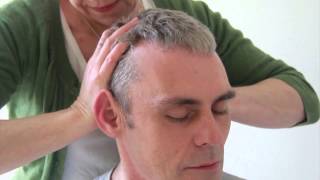
Dietary supplements like biotin and Omega-3 have been praised for supporting hair health. While they’re not miracle pills, incorporating them into your diet can complement your efforts to prevent hair loss.
DIY herbal treatments have a following too. Things like green tea rinses or using aloe vera directly on the scalp blend tradition with self-care. Just keep in mind to test these out on small areas first to ensure you don’t have an adverse reaction.
These natural paths often require time and diligence to see meaningful results. Keeping expectations realistic and consulting with professionals when needed can help ensure these natural options are safe and effective for you.
Innovations in Research and Future Directions
The world of hair loss treatments is buzzing with innovation, opening up new horizons for prevention and management. Research in this field isn’t slowing down, and that’s got to be a good sign for anyone weighing their options.
Recent breakthroughs are showing promise, especially with stem cell research. The idea here is that these cells can potentially be used to reactivate hair follicles that have stopped growing. It’s still largely experimental, but the potential is exciting.
Genetic engineering might sound futuristic, but scientists are already exploring ways to tweak genes responsible for hair growth. If successful, this could change the game entirely, offering customized solutions for those affected.
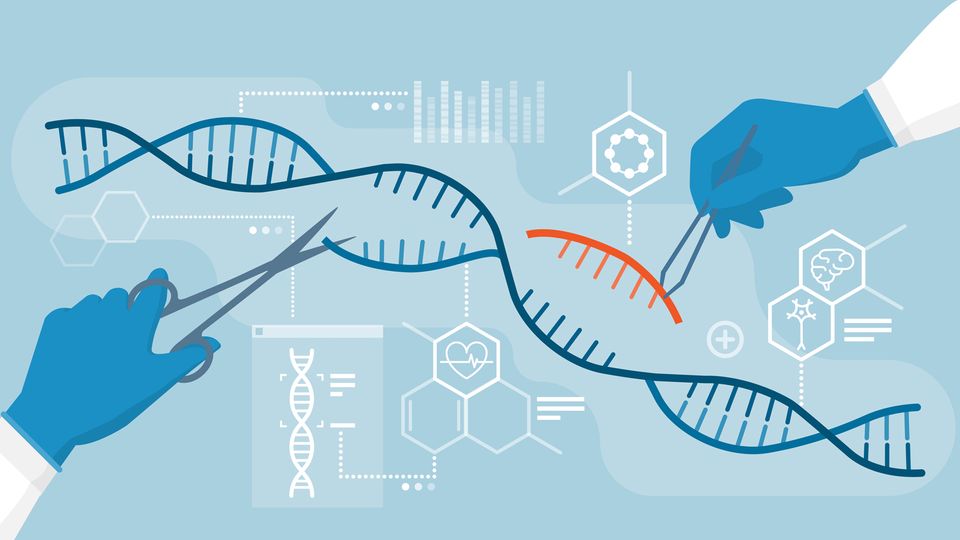
Technology in personal hair care is another area to watch. Think of everything from advanced scalp analysis tools to apps that monitor your hair health over time. These gadgets can help you personalize your approach like never before.
The emerging products and therapies forecast innovative solutions that could offer more effective results with fewer side effects. Keeping an eye on these trends means staying ahead in your hair care journey.
Redefining Confidence: Embracing Changes Positively
Hair loss can feel like a wild ride through self-discovery. It’s easy to get tangled in self-doubt, but your identity isn’t tied up in your hair, no sir!
Building confidence comes from within. Many people find strength and self-assurance by embracing their look, leaning into their unique style. Whether that means going full-on shaved, rocking hats, or finding that perfect wig, it’s about feeling good in your skin—or your hairpiece.

Speaking of wigs and hairpieces, they can be total game-changers. With so many natural-looking options now, anyone can experiment with different styles and colors just for the fun of it. It’s like having an extra tool in your self-care kit.
Support systems and communities make a big difference, too. Joining a group or forum with folks going through similar experiences can help you feel less isolated and more empowered to tackle your emotions head-on.
And never underestimate the power of stories. Countless people live boldly with hair loss every day, proving style and confidence go way beyond what’s on top of our heads. Let’s celebrate those personal journeys and take encouragement from them.
As always, thanks for reading this article & I hope you found it helpful. If you have any questions or comments, feel free to leave them below & I will get back to you.

